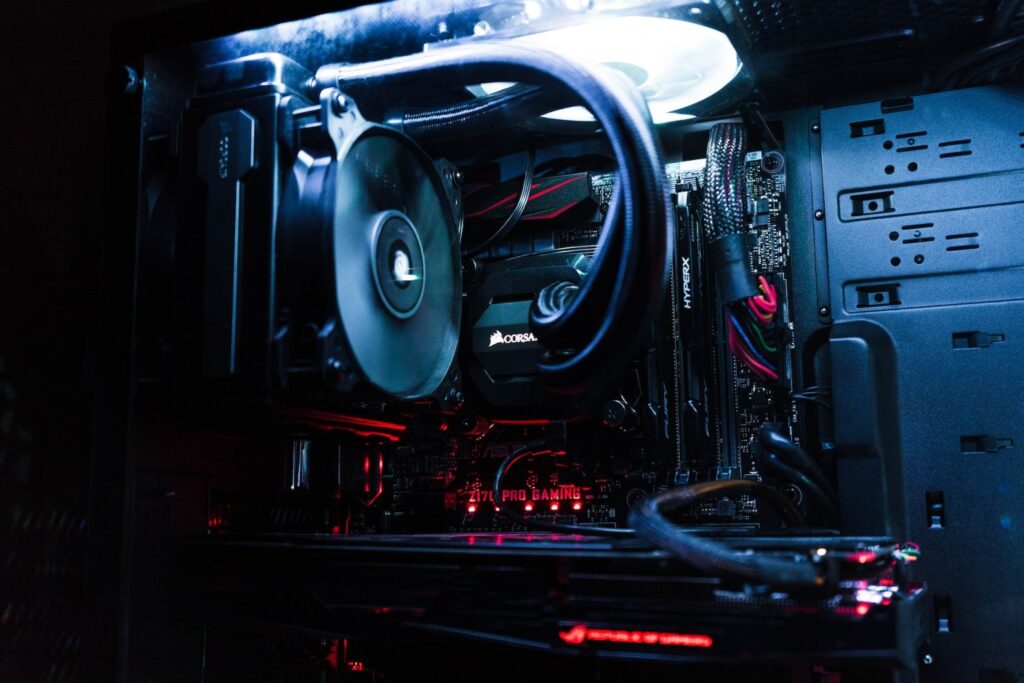How to Switch to Integrated Graphics Windows 10?

Integrated graphics have become increasingly popular due to their efficiency and cost-effectiveness. If you’re looking to switch to integrated graphics in Windows 10, you’ll be glad to know that it is a relatively easy process. This article will provide step-by-step instructions on how to make the switch successfully. We will also address any potential compatibility issues you may encounter while making the switch. By following this guide, you can ensure your Windows 10 experience is both efficient and smooth.
How to Switch to Integrated Graphics Windows 10?
Making the switch to integrated graphics on Windows 10 can be a great way to improve your computer’s performance, as well as lower its energy use. However, many users find it challenging to make this change successfully. Here is a step-by-step guide on how to switch to integrated graphics on Windows 10:
Integrated graphics can provide a great balance between performance and power consumption, making it an attractive option for many users. We will discuss how to make the switch from your current dedicated graphic card to the integrated Windows 10 graphics and the benefits you might expect.
Step 1: Determine if Your Computer Has Integrated Graphics
Before switching to integrated graphics, you will need to determine if your computer actually has integrated graphics. Integrated graphics are built into the CPU (central processing unit) and share system memory with the CPU. To check if your computer has integrated graphics, you can go to the Device Manager and look for the Display Adapters category. Under this category, you should see the name of your current graphics card. If you see both the name of your dedicated graphics card and the name of an integrated graphics card (such as “Intel HD Graphics”), then your computer has integrated graphics.
Step 2: Disable the Dedicated Graphics Card
Once you have determined that your computer has integrated graphics, you will need to disable the dedicated graphics card. This can be done through the Device Manager by right-clicking on the dedicated graphics card and selecting “Disable device”. You may need to reboot your computer for the changes to take effect.
Step 3: Change the Default Graphics Card in the BIOS
After disabling the dedicated graphics card, you will need to change the default graphics card in the BIOS (basic input/output system) settings. The process for entering the BIOS setup utility will vary depending on your computer’s make and model, so you will need to consult your computer’s user manual or contact the manufacturer for instructions. Once you are in the BIOS setup utility, you will need to look for the settings related to your graphics card. You may need to change the primary graphics card or set the integrated graphics card as the default.
Step 4: Change the Graphics Settings in Windows
After changing the default graphics card in the BIOS, you will need to change the graphics settings in Windows to use the integrated graphics card. To do this, you can go to the Control Panel and select “Display” or “Graphics settings”. From there, you can select the integrated graphics card as the default option. You may need to reboot your computer for the changes to take effect.
Step 5: Check Performance and Troubleshoot
After making the switch to integrated graphics, you should check the performance of your computer to ensure that everything is working properly. You can do this by running benchmarking software or playing games that are known to stress the graphics card. If you are experiencing any issues with your new graphics card, such as poor performance or graphical glitches, you may need to troubleshoot. Some common causes of problems include outdated drivers, conflicting software, or incorrect BIOS settings. To troubleshoot, you can try reinstalling the drivers, updating your computer’s operating system, or reverifying the BIOS settings. If the problem persists, you may need to contact the manufacturer of your graphics card for further assistance.
Step 6: Switch Back to Dedicated Graphics (Optional)
If you find that the integrated graphics are not meeting your needs, you can switch back to dedicated graphics by reversing the steps above. You will need to re-enable the dedicated graphics card through the Device Manager and change the default graphics card back to the dedicated card in the BIOS settings. You should also change the graphics settings in Windows to use the dedicated graphics card.
It’s important to note that switching to integrated graphics may result in a decrease in performance, especially when running demanding applications such as games or graphics-intensive software. Integrated graphics are typically less powerful than dedicated graphics cards and may not be able to handle the same level of graphics processing. However, switching to integrated graphics can be a good solution for those who want to save power or extend the battery life of their laptop. It can also be a useful troubleshooting step if you are experiencing issues with your dedicated graphics card.
Additionally, you should also check if your computer’s cooling system is adequate to handle the heat generated by the integrated graphics card. If you notice the computer getting too hot or the fans running at high speeds, you may want to consider adding additional cooling to your computer or switching back to the dedicated graphics card. It’s also worth mentioning that if you are not comfortable with the process of switching to integrated graphics, it’s always better to take the help of a professional or at least consult one to avoid any damage to your computer.
Conclusion
Switching to integrated graphics on a Windows 10 computer can be a useful solution for those who want to save power or troubleshoot issues with a dedicated graphics card. However, it is important to keep in mind that switching to integrated graphics may result in a decrease in performance and it’s important to check the cooling system of your computer. It’s also important to consult the user manual or technical support before taking any steps.